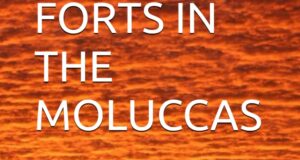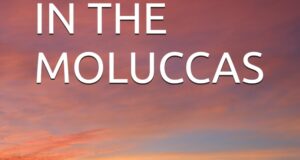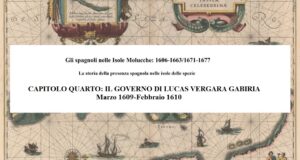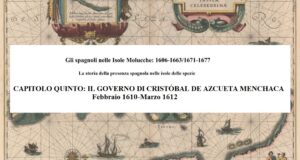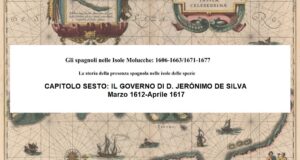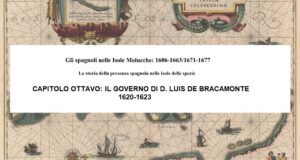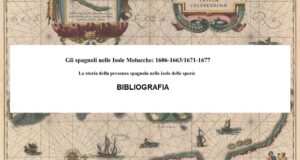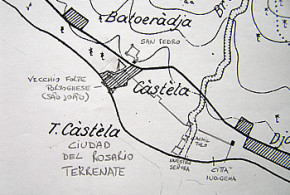This post is also available in:
![]() Indonesia
Indonesia
Written by: Francisco Soarez Pati
fransisco78@gmail.com
One of the three reasons why the Portuguese survived in Flores and its surroundings for 347 years (1512-1859) even though the region did not have cloves, nutmeg and others like Molucas was because of the many volcanoes in Flores from the east end to the center. Volcanoes or what they call vulcão in Flores Island were the biggest contributors of gunpowder in the 16th century which was marketed to Africa and Europe. Gunpowder in Flores Island itself was written about by Tom Pires in his famous book entitled Suma Oriental, which said “Solor Island (Flores) has a very large amount of acid; contains a lot of sulfur, and this product is better known than other products. They brought large quantities of food from this island to Malacca, they also brought acid and sulfur. This sulfur is so plentiful that they bring it as a trade item from Malacca to Cochin, China, Africa because it is the main trade item.”
Gunpowder itself comes from sulfur seeds produced by volcanic eruptions. Because Banda and Timor do not have volcanoes, Flores became the mainstay of the Portuguese at that time as told by Tom Pires who said “God made Timor for sandalwood and Banda for mace and Maluku for cloves, and that this trade is not known anywhere in the world except in these places; and very diligently I asked them if they had this merchandise anywhere else and everyone said no”
Besides from gunpowder as an explosive, 2 other reasons were the abundance of white sandalwood in Solor and Adonara and the slavery that was easy to obtain there. These slaves had the same price as 1 kg of sandalwood and were generally sent to African and European markets. The remainder were sent as manual laborers on Portuguese colonial coffee plantations in Brazil and other regions in Africa. This photo is the Lewotobi volcano. Under the foot of this mountain, the Portuguese built a settlement equipped with a church called Igreja São Domingos, now known as San Dominggo-Hokeng.
The name São Domingos is used to commemorates the Dominicans who expanded in the 15th century into this region and founded a number of churches such as Luis da Maya who founded the Church of Nossa Senhora da Piedade (Our Faithful Mother) on the island of Solor, P. Cristovão Rangel who founded the Church São João Baptista (Saint John the Baptist) (outside the Solor fortress), Misericórdia Church (in the village of Laboiana; Madre de Deus (Mother of God), Church of São João Evangelista (Saint John the Evangelist) in the village of Lamaqueira (Lamakera), António de São Jacinto who founded the Espírito Santo Church (Church of the Holy Spirit) (replacing Crama); Roque Cardoso who founded the São Lourenço (Santo Laurensius) Church in Lavunama (Labonama); Nossa Senhora da Esperança (Our Lady of Hope), in Boibalo (Waibalun), Gaspar de Santa Maria who founded the Church of Nossa Senhora (Our Lady), in the village of Larantuka, Francisco Donato who founded the Church of Santa Luzia, in Sikka and Paga; Nossa Senhora da Assunção (Our Lady of the Assumption into Heaven) in Quevá, Church of São Pedro Mártir (Saint Peter Martyrs) on Lena; Nossa Senhora da Boa Viagem (Our Lady of Our Journey) Church in Dondo, Ende, north coast of Flores, Crisóstomo de Santiago who founded the São Domingos (Santo Dominic) Church in Numba (Ende), Agostinho do Rosario who founded the Church of Santa Maria Madalena (Santa Maria Magdalena) in Charaboro (Saraboro), Ende (now Kotaraja or Paupanda).
Written by: Francisco Soarez Pati
fransisco78@gmail.com
This post is also available in:
![]() Indonesia
Indonesia
 Colonial Voyage The website dedicated to the Colonial History
Colonial Voyage The website dedicated to the Colonial History



